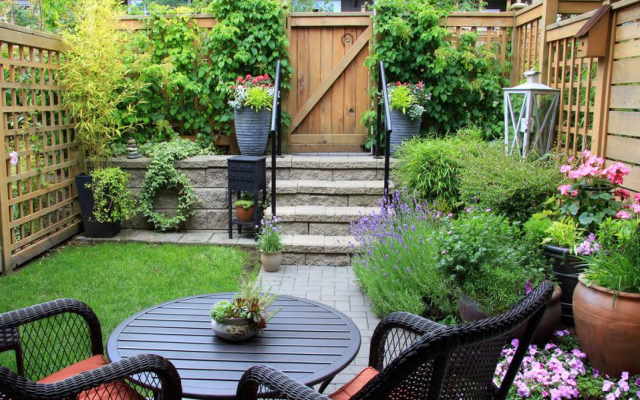One of the biggest myths about landscaping is that Sydney landscapers can only create landscape designs for extensive gardens and expansive open areas of land. The truth is that landscape designs can be created for gardens of all sizes, including small yards. Admittedly, there may be restrictions on the number and sizes of features that can be included, but there is certainly no limit on the transformation and beauty of a landscaped small garden or yard.
If your garden is small or you have a small yard that you would like to improve the appearance of, there are many ways a landscape design can achieve that aim. To help you think of ideas as to how you could transform your small garden or yard, here are some ways that a landscaper might advise you regarding the best ways to make a small yard look amazing.
Start With An Overall Concept In Mind: One of the key ways to ensure the landscape design for your small yard or garden is effective is to base it upon a core concept. That concept should correlate with what you want the area to look like and how you want it to make you feel when you are sitting in it.
Include A Focal Point: A highly effective way of helping your small yard look attractive is to include a focal point within its design. It obviously cannot be anything too large, so ideas include a small sculpture, a water feature, a rockery, or simply your favourite plant. This focal point will distract from the small size of the garden.
Create A Transition Zone: We are still on the subject of zones, but this is a critical zone. Your transition zone is the area that links the door of your home to your garden. It can be designed in many ways, and these include a gravel path, composite decking, stone pathway, wooden arches, side fencing or wall, and a path with small flowers planted along each side.
Divide The Area Into Specific Zones: By defining specific zones within your design, it means you can maximise the limited space that you have. These zones should relate to your needs, and examples are a kids’ play zone, a seating zone, a zone with flowers, a zone with a water feature and a rockery zone, to name but a few.
Incorporate ‘Levels’: The term ‘levels’ refers to your landscape design incorporating plants of all kinds, including flowers, shrubs and trees, and any features which are included in your design at varying heights. Having these plants and features at different heights gives the illusion of more space. They can be at any one of three specific heights, namely ground level, eye level, and tall, which is anything above head height.
Create Colour And Pattern Contrasts: Any opportunity to create contrasting colours, contrasting patterns, and contrasting textures should be taken. Not only are these visually appealing, but they also make the design more interesting to yourself and to others who visit, and should take the focus away from the small dimensions of the garden.
Avoid Clutter: “Less is more” is a phrase often heard in artistic circles, and given that you are designing something visual (your garden), it applies perfectly. With limited space, you do not want to try to include too much in your design and should sacrifice quantity for the quality of your design to avoid it being cluttered.
